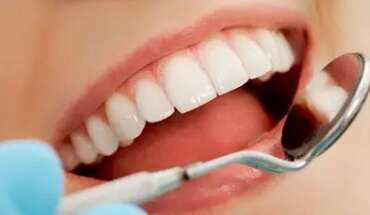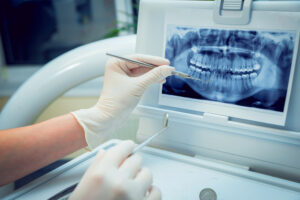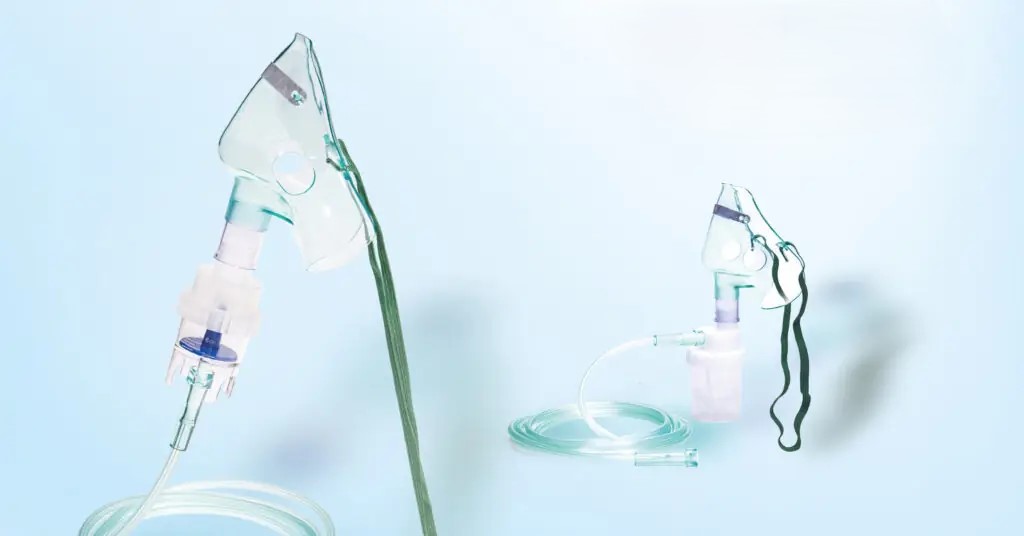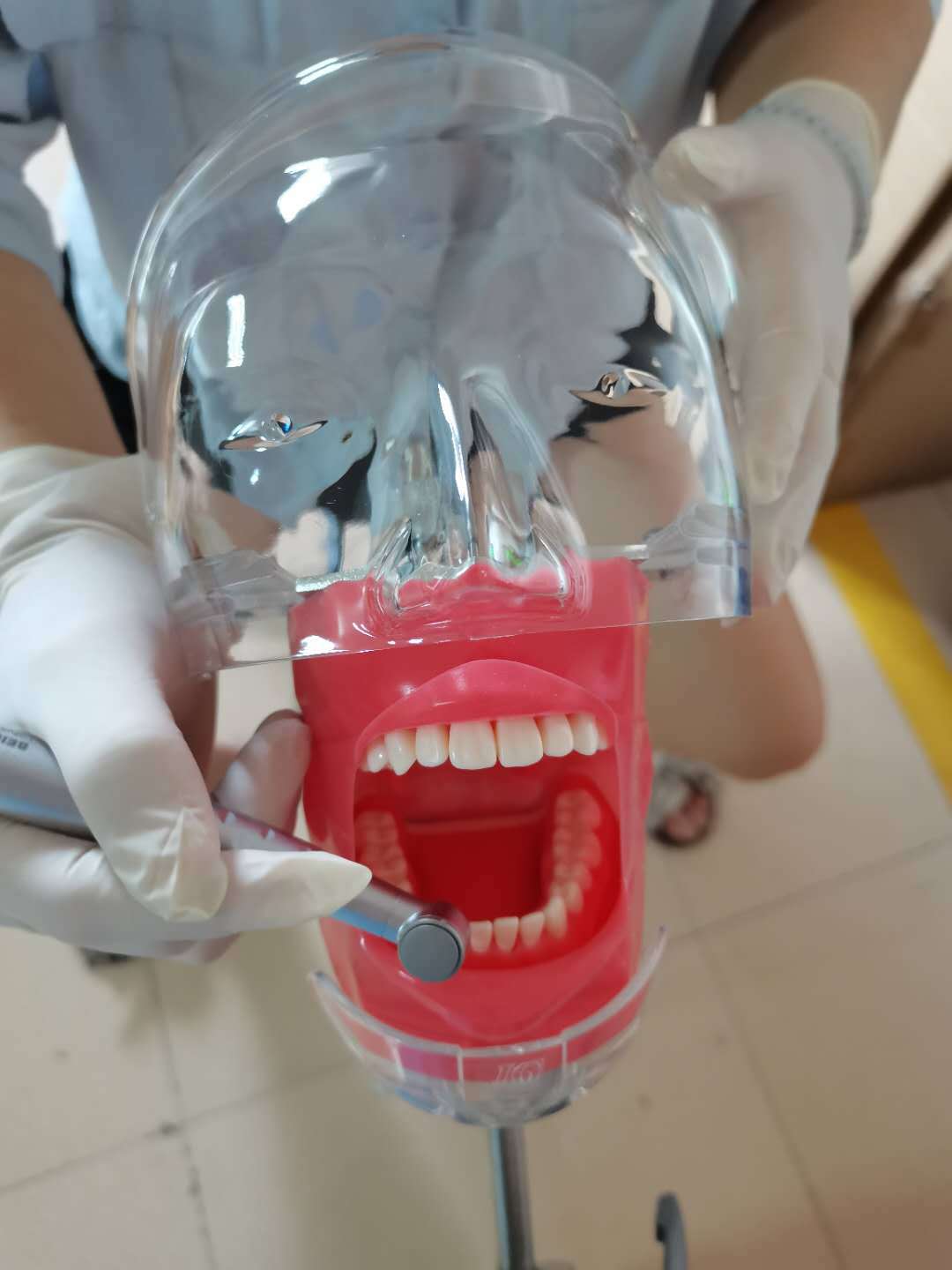For a long time, porcelain teeth have been a fast and effective way to restore teeth. However, the metal ions of metal porcelain teeth can cause adverse reactions to the human body, such as darkening of the gums, bleeding, and shrinking of the gums…Due to the metal internal, The existence of the crown, the light transmittance, color, and shape are quite different from the natural tooth, and it will produce a blue-gray effect under the light. At the same time, metal porcelain teeth are unstable under the action of bacteria in the acid-base environment of the liquid oral cavity. The metal has a certain interference when the patient performs CT MRI. Therefore, the dental medical community has been working hard to change this state. The current international dental community is a popular The latest non-metal inner crown porcelain teeth-zirconia all-ceramic series.
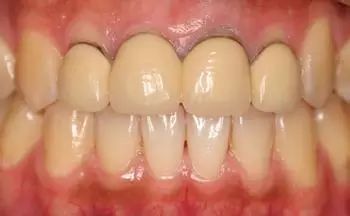
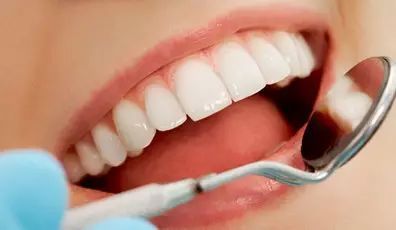
Zirconia
Is it safe
The zirconia used in medical and dentistry has an excellent performance in terms of biological safety. Over the years, a large number of experiments and clinical cases have proved that zirconia has no toxic damage to bone and soft tissue cells. There are no reports of allergic reactions.
➊ Zirconia is sometimes mistaken for a kind of metal. This is to confuse the chemical concepts of metal elements and metals. Zirconia is not zirconium metal or zircon. Although it contains metal elements, it is oxide ceramics. This is like the difference between sodium chloride (the chemical composition of table salt) and metallic sodium;
➋ The patient is worried about whether zirconia is radioactive. In fact, zircon from zirconia needs to go through multiple steps such as purification and powder processing. The processing will remove all impurities. The State Food and Drug Administration standards have strict standards for all-ceramic materials on the market, and they can be used as medical materials only after they meet the requirements of radioactive experiments. And there are not only requirements for zirconia, but also for decorative ceramics, alumina, glass ceramics, etc., the same radioactive qualification requirements. Experiments show that the radioactivity of pure zirconia powder is not only lower than that of glass-ceramics but even lower than that of human bone tissue.
Is the ceramic collapse rate of zirconia restorations high?
A large number of studies have shown that the incidence of zirconia collapse is not higher than that of traditional porcelain restorations. Studies have found that the collapse of zirconia mainly occurs inside the ceramic rather than the interface between the ceramic and the zirconia base crown. There are three main reasons for the occurrence of ceramic collapse:
➊ Poor bottom crown shape design, partial surface decoration is too thick;
➋ The temperature is not controlled according to the standard when the ceramic is sintered, such as rapid cooling;
➌ The doctor did not perform the reasonable treatment after adjusting the jaw, such as re-glazing and sintering, or standard three-step polishing… These are all necessary steps.
Will zirconia cause excessive wear on the jaw teeth?
For some patients with tight occlusion and insufficient preparation space, full zirconia restoration is a good choice. If you are worried about excessive wear on the antagonist’s teeth, it is not necessary, because the wear performance of zirconia depends on the surface Smoothness, not hardness. Therefore, after polishing or glazing, the full zirconia restoration will not cause excessive wear on the jaw teeth. Please submit it to a technician for glazing or polishing by yourself after grinding.
How to avoid the influence of jaw adjustment on zirconia restoration
For some patients with tight occlusion and insufficient preparation space, full zirconia restoration is a good choice. If you are worried about excessive wear on the antagonist’s teeth, it is not necessary, because the wear performance of zirconia depends on the surface Smoothness, not hardness. Therefore, after polishing or glazing, the full zirconia restoration will not cause excessive wear on the jaw teeth. Please submit it to a technician for glazing or polishing by yourself after grinding.
What to pay attention to when bonding zirconium oxide
Zirconium oxide bonding is relatively simple compared to glass-ceramics. Because of its good strength, the choice of adhesives is very wide. There is no need for a doctor to do a surface treatment before bonding. The active gene is combined with zirconium ions to obtain a chemical binding force. In addition, there are a variety of color options
Characteristic Zirconia
1. Features
1. The color is very similar to that of natural teeth, has a high degree of aesthetic effect, excellent light transmittance, and is more suitable for use in parts with high aesthetic requirements;
2. There is no metal odor in the mouth, no corrosion, no irritation of the dental pulp nerve due to the alternation of cold and heat, excellent biocompatibility, and durability. It can withstand the strong bite force, prevent breakage, and is strong and durable. Solve the problem of transparent blue, black line and discoloration of metal porcelain gums;
3. During the nuclear magnetic resonance examination, the non-metallic zirconia does not block X-rays, and there is no need to remove the dentures during the nuclear magnetic resonance examination, which saves a lot of trouble.
2. Indications
1. Zirconia ceramic teeth:
Cosmetic teeth, severe tetracycline teeth, dental fluorosis, deformed teeth, discolored teeth, etc… People who are allergic to metal or plastic can make single crowns and bridges for the front and back teeth.
2. Full zirconium zirconia:
➊ Cases of night bruxism
➋ Cases of insufficient abutment preparation space
➌ Implant case
➍ Other easily collapsed porcelain cases, etc.
3. Requirements for preparing abutment teeth
1. Anterior teeth: about 2.0 mm at the cutting end, about 1.5 mm at the lingual side to prepare a 360-degree, 1 mm-wide shoulder, and an axial jaw angle of 2°-5°;
2. Posterior teeth: maxillofacial abrasion of about 2.0 mm (working side 2.0 mm, non-working side about 1.5 mm), buccal-lingual side abrasion of 1.5 mm to prepare a 360-degree, 1.0 mm wide shoulder, axial jaw angle 2 Degrees -5 degrees;
3. Veneer: The key to preparing and positioning the tooth enamel part is to have a transitional step at the lingual incisal edge, and make sure that the edge of the step is not in the abrasion area of the bite and jaw. The surface is about 1.2-1.5 mm, and the shoulder preparation angle of the tooth neck is about 10 degrees-30 degrees.
Fourth, the matters needing attention in the clinical promotion of zirconia
➊ The abutment teeth are short and the abutment teeth are sharp and inappropriate;
➋ Insufficient space (not enough strength of the connection point);
➌ Single undercut and large pontic undercut cannot be done;
➍ It is recommended for doctors to drain the gums and use silicone rubber to take the mold when taking mold;
➎ It is recommended to use a 16-color colorimetric plate (especially the full zirconium must use 16-color colorimetric, otherwise it will cause color difference).
5. All-ceramic aesthetic restoration
➊ The new zirconia high permeability strengthening process does not reduce the original flexural strength of the zirconia material;
➋ Extreme ultra-thin edge cutting effect, avoiding cracking and chipping;
➌ Adopt pre-dyeing process, save manual dyeing steps, and completely avoid color unevenness caused by dip-dyeing;
➍ Nano-level powder formula ensures excellent machinability of the material, and the service life of the milling cutter is extended by up to 15%;
➎ The unique IFP real-time fitting process can accurately control and measure the final shrinkage of zirconia. Ensure that the final restoration has extremely high stability and accuracy, which is very suitable for long-span multi-unit bridges and planting superstructures.
The high end of dental lab material for technician reference of dentistry resource:
- Amann Girrbach Zirconia Blank
https://www.dentallaboratorio.com/product/amann-girrbach-zirconia-blank/
- White ST zirkonzahn zirconia block
https://www.dentallaboratorio.com/product/st-zirkonzahn-zirconia-block/
- Wieland dental zirconia disc-White ST
https://www.dentallaboratorio.com/product/2pc-wieland-dental-zirconia-disc-white-st/
- Sirona In-lab Dental Zirconia Block
https://www.dentallaboratorio.com/product/sirona-inlab-dental-zirconia-block/

